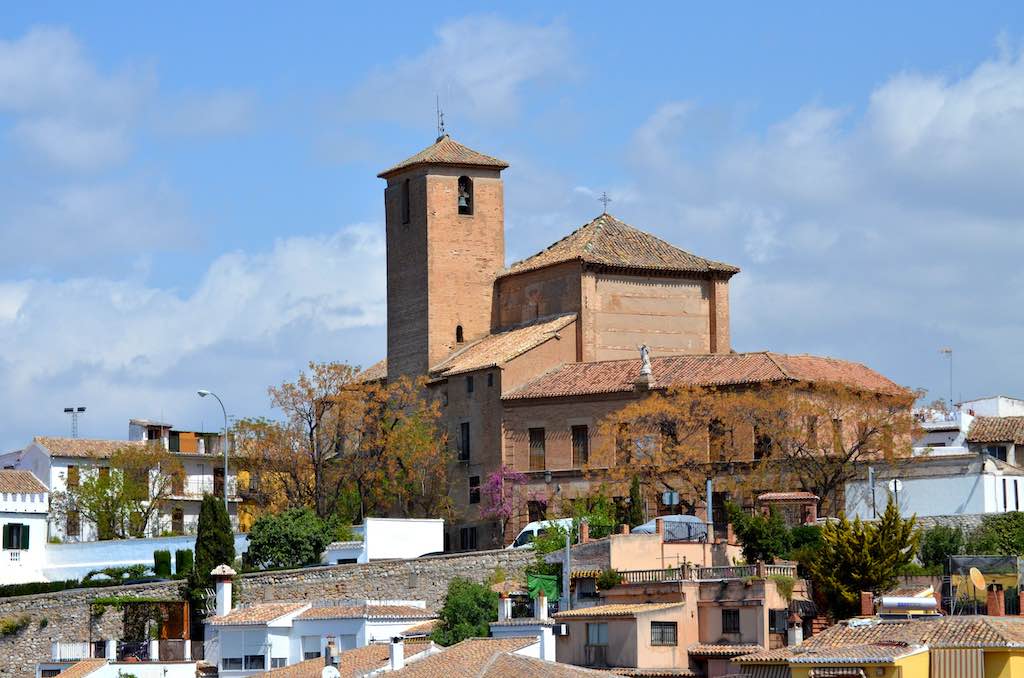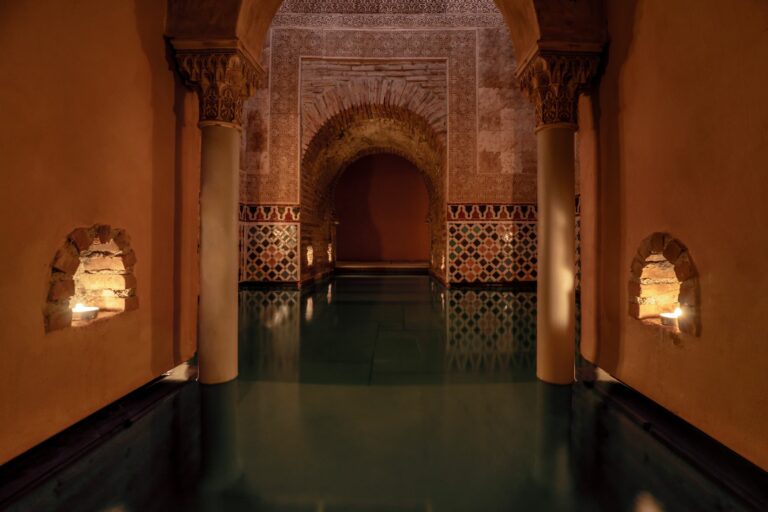Granada’s network of cisterns: Hydraulic legacy of the nasrid era.
Contenidos
The Nasrid city offers unique monuments and curiosities that attract thousands of visitors from around the world each year. Among its rich heritage, today we focus on the cisterns of Granada. Before we dive in, it’s worth remembering that talking about cisterns means talking about water.
Water in the Muslim World
In Islamic culture, water symbolizes the origin of life and knowledge. It represents purity, renewal, and a gift that belongs to everyone. This explains why Granada still preserves an extensive network of cisterns as a legacy of its past.
The Cistern Network of Granada
Today, 28 cisterns remain, 26 of them in the Albaicín district. These reservoirs supplied water to the population and served a religious function, as they were often linked to mosques for ablutions before prayer.
Most were built between the 10th and 15th centuries. They remained in use until the mid-20th century, then were abandoned.
Restoration began in the 1980s, led by the Granada City Council. Today, the Albaicín Agency and the Agua de Granada Foundation manage them. They come in rectangular and circular shapes, with capacities ranging from 4 to 300 m³. Visiting them offers a unique insight into the importance our ancestors placed on water—a value worth embracing again.

Main Cisterns to Visit
Exploring Granada through its public cisterns is a unique experience. Many are still in perfect condition, allowing visitors to connect with the city’s water heritage. Here are some of the most notable:
- Aljibe del Rey. 11th century. Now houses the Water Interpretation Centre.
- Aljibe de San Miguel. Next to San Miguel Bajo Church. 13th century, 90 m³.
- Aljibe del Zenete. 15th century, 35 m³. Between Calle Elvira and the Alcazaba of Qadima.
- Aljibe de San Ildefonso. 40 m³. On the facade of a house in the street of the same name.
- Aljibe de San José. 71 m³. Next to the church, once supplied the mosque.
- Aljibe de la Placeta de Oidores. 36 m³, near San Miguel’s cistern.
- Aljibe de la Gitana. Inside the municipal building of Carmen de la Muralla.
- Aljibe de la Alhacaba. Supplied by the Aynadamar canal. Lost its structure when used as storage.
- Aljibe de Colorado. 14th century, on Calle Larga de San Cristóbal.
- Aljibe de San Cristóbal. 13 m³, six meters below Calle Pagés.
- Aljibe de San Bartolomé. 30 m³, next to the church of the same name.
- Aljibe de Paso. Small, 12 m³. Near the Convent of Madres de Cristo Rey.
- Aljibe de la Vieja. 31 m³. One of the most deteriorated due to wall renovations.
- Aljibe de Santa Isabel de los Abades. 30 m³, located on Calle San Luis.
Other Historic Cisterns
The network also includes the Cistern of Peso de la Harina, Plaza del Salvador, Polo, Bibalbonud, Las Tomasas, Cuesta de las Tomasas, San Nicolás, Trillo, del Gato, and Placeta de la Cruz Verde.
Granada: The City of Water
Whether you are from Granada or visiting, don’t miss the chance to discover its history through water. As poet Manuel Machado said, “Granada, hidden water that weeps”… and it still flows through our hammam.



